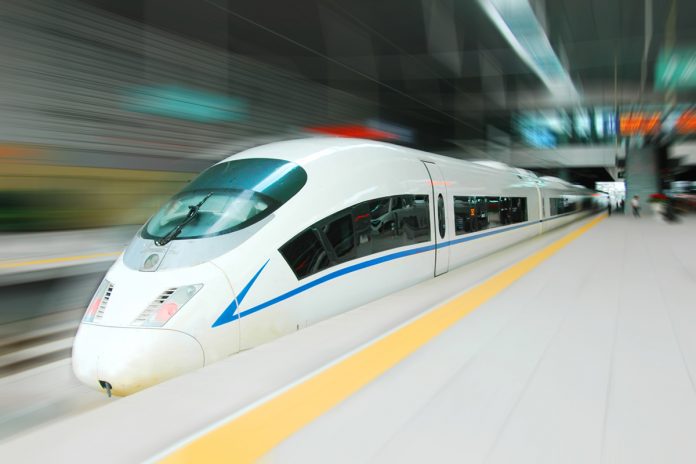CEO of ZNAPZ, Marcel Van Velthoven provides a compelling perspective on how cognitive computing can assist asset management in rail
The variables in the rail industry, especially in rail infra are numerous. Asset management in rail with all the variables in a reliable way is a challenge. However cognitive computing which has recently become available can make a big difference. In the article below is described what kind of questions can be asked and what answers and reliable information can be obtained.
Assets just don’t break or fail as a coincidence. Something has happened that has started or accelerated the deterioration process. Identifying what has happened or is happening becomes one of the standard possibilities with today’s assets. This information can be obtained and with cognitive computing, a realistic prediction becomes possible. The challenge is to combine many different data sources and to develop a realistic pattern of the ageing of the asset.
Some examples
It is well known that the rail and the rail system, switches, power lines are affected by the traffic. What was the speed of the train, what was the load of the train, what was the weather condition and what was the quality of the bogies that contacted the rail? Getting this data together, preferably in real time was, until recently absolutely impossible, however, it is becoming standard today.
On today’s tracks, the temperature of the track is permanently measured, as well as the vibration. This varies of course when a train passes. A train passing gives the first pattern of vibration and temperature of the track. This can be combined with the train speed and load and the weather conditions. This combination gives a good first impression of the effect of the passing train, on the quality of the track.
Taking it, a step further can per bogie be identified what the quality of the wheels, the roundness, is. Even a non-significant deviation does already have a significant effect on the rail track quality and life expectation. All this data can easily be sent to a central computer which makes profiles of the train journey, speed and load and the quality of the relevant assets in the train affecting the asset life of the track.
Looking ahead, when it comes to cognitive computing and Internet of things (IoT), real-time information can be interpreted and analysed. Taking into account all factors, e.g. customer delay minutes, asset life, maintenance cost and capabilities, we can generate a real-time signal identifying what the train speed should be along the trajectory that the train should take. It will become a dynamic journey, taking into account the trains time schedule and physical status of the train and the track.
Firstly, we can focus on asset life and deterioration, but soon we can identify how special conditions lead to a shorter or longer asset life and how this can be optimised, taking into account the specific speed of the train under these specific circumstances.
Watson can make these predictions today. Even better with all the variables, even variables we may not think of today, Watson, the cognitive computer from IBM will be able to recognise patterns over time and dynamically adjust the recommended driving conditions for the train. A combination of trains driving close to each other may have an effect that currently isn’t taken in account and also a passing train could have an effect.
With the dynamic guidance of Watson and the recommended speed, the train could be guided to pass the other train at the best-chosen area. This demonstrates how artificial intelligence will make its entree in the rail infra world enabling the rail infra company to take appropriate actions, to generate the highest value from its rail assets over the lifetime, while managing risk and cost.
The non-standard deviations if the track can be identified using modern technology, such as drones or also measurement trains. The data gathered from these inspections can be interpreted by Watson, after a learning period, where Watson has been through what is the right condition of the track and what is an abnormal condition. Bends, curves, corrosion, corrosion frequency and acoustic information can be analysed to create the most accurate profile of the status of the track.
Watson will support the asset operator to optimise rail performance while minimising risk and cost in a real-time fashion. This dynamically against all the measurable variable conditions that can occur. The first step is the asset operator should identify how Watson will be educated. Watson is the next step in rail asset performance.
Marcel Van Velthoven
CEO
ZNAPZ
Tel: +31 402 668636











